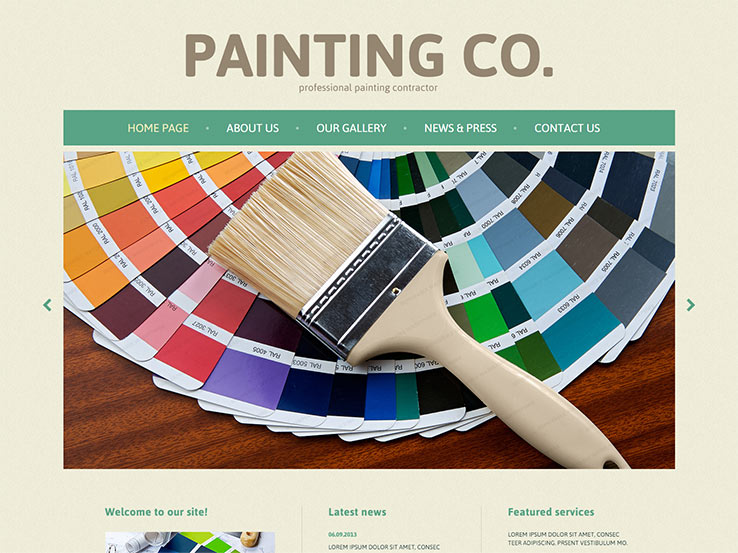Understand Exactly How Seasonal Conditions Influence The Success Of Industrial Outside Paint And Learn The Suitable Periods To Assure Durable Results For Your Job
Understand Exactly How Seasonal Conditions Influence The Success Of Industrial Outside Paint And Learn The Suitable Periods To Assure Durable Results For Your Job
Blog Article
Composed By-Leach Whalen
When you're preparing a commercial external painting project, seasonal variables can make or break your results. You'll intend to consider how temperature level and moisture impact paint application and drying times. Choosing the appropriate season can ensure your paint adheres effectively and lasts longer. But which periods are absolutely the most effective for this sort of job? Let's check out the crucial elements that can affect your project's success.
The Influence of Temperature on Paint Application
When you're intending an industrial exterior paint task, the temperature level can substantially affect exactly how well the paint adheres and dries out.
Ideally, you want to paint when temperature levels vary between 50 ° F and 85 ° F. If it's too cold, the paint might not cure effectively, causing concerns like peeling off or breaking.
On the other side, if it's also hot, the paint can dry as well swiftly, preventing correct bond and causing an unequal coating.
You must also take into consideration the time of day; early morning or late afternoon provides cooler temperatures, which can be much more positive.
Always examine the supplier's recommendations for the particular paint you're using, as they usually provide guidance on the optimal temperature level range for optimum results.
Moisture and Its Effect on Drying Times
Temperature level isn't the only environmental variable that influences your business external paint job; moisture plays a significant role as well. High humidity levels can reduce drying out times drastically, impacting the overall high quality of your paint work.
When the air is filled with wetness, the paint takes longer to treat, which can result in problems like poor attachment and a higher threat of mold development. If you're painting on an especially damp day, be gotten ready for prolonged delay times in between coats.
It's vital to monitor local climate condition and plan appropriately. Ideally, aim for moisture levels between 40% and 70% for optimal drying.
Maintaining these consider mind ensures your project remains on track and provides a long lasting finish.
Best Seasons for Commercial Exterior Painting Projects
What's the most effective time of year for your business outside paint jobs?
Spring and early loss are typically your best choices. Throughout these seasons, temperature levels are light, and moisture levels are commonly lower, creating perfect problems for paint application and drying.
Stay clear of summer's intense heat, which can cause paint to dry as well swiftly, bring about poor attachment and coating. In a similar way, wintertime's cool temperatures can hinder correct drying out and healing, running the risk of the long life of your paint work.
Go for web link with temperatures in between 50 ° F and 85 ° F for optimal results. Bear in mind to examine the local weather report for rainfall, as wet problems can destroy your project.
Planning around these factors ensures your painting task runs smoothly and lasts much longer.
Final thought
Finally, planning your business external paint jobs around seasonal factors to consider can make a substantial distinction in the result. By organizing work during the perfect temperature levels and humidity degrees, you'll make sure far better attachment and drying out times. Remember to keep https://interiorhousepaintersnear87532.blogpixi.com/34588037/explore-the-newest-methods-and-designs-in-residence-paint-and-be-inspired-by-imaginative-strategies-to-improve-your-space on local weather prediction and pick the correct time of year-- springtime and very early fall are your best options. Taking these steps will certainly aid you achieve a resilient and professional finish that lasts.
